October 2024, Cairo, Egypt ̶ Breast cancer is the leading cause of cancer-related mortality among women globally, accounting for 1 in 6 female deaths. Each year, it accounts for around 25% of all cancers diagnosed in women.
Every October, the global Pink October campaign aims to increase awareness around breast cancer prevention. Key risks include advancing age, obesity, limited physical activity, alcohol consumption and specific post-menopausal hormonal treatments. While only 5–10% of breast cancers are hereditary, family history of breast cancer should prompt women to take proactive steps to reduce their likelihood of developing the disease.
Risk factors for developing breast cancer



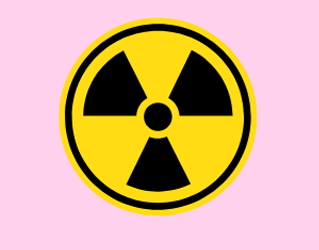


It is vital for women of all ages to be aware of breast changes through regular breast self-examinations. Early diagnosis and treatment significantly improve survival rates, and women over 50 should consider regular mammograms at facilities that offer screening services. Medical professionals should take every opportunity to conduct clinical breast examinations to women accessing healthcare especially in resource-limited settings.
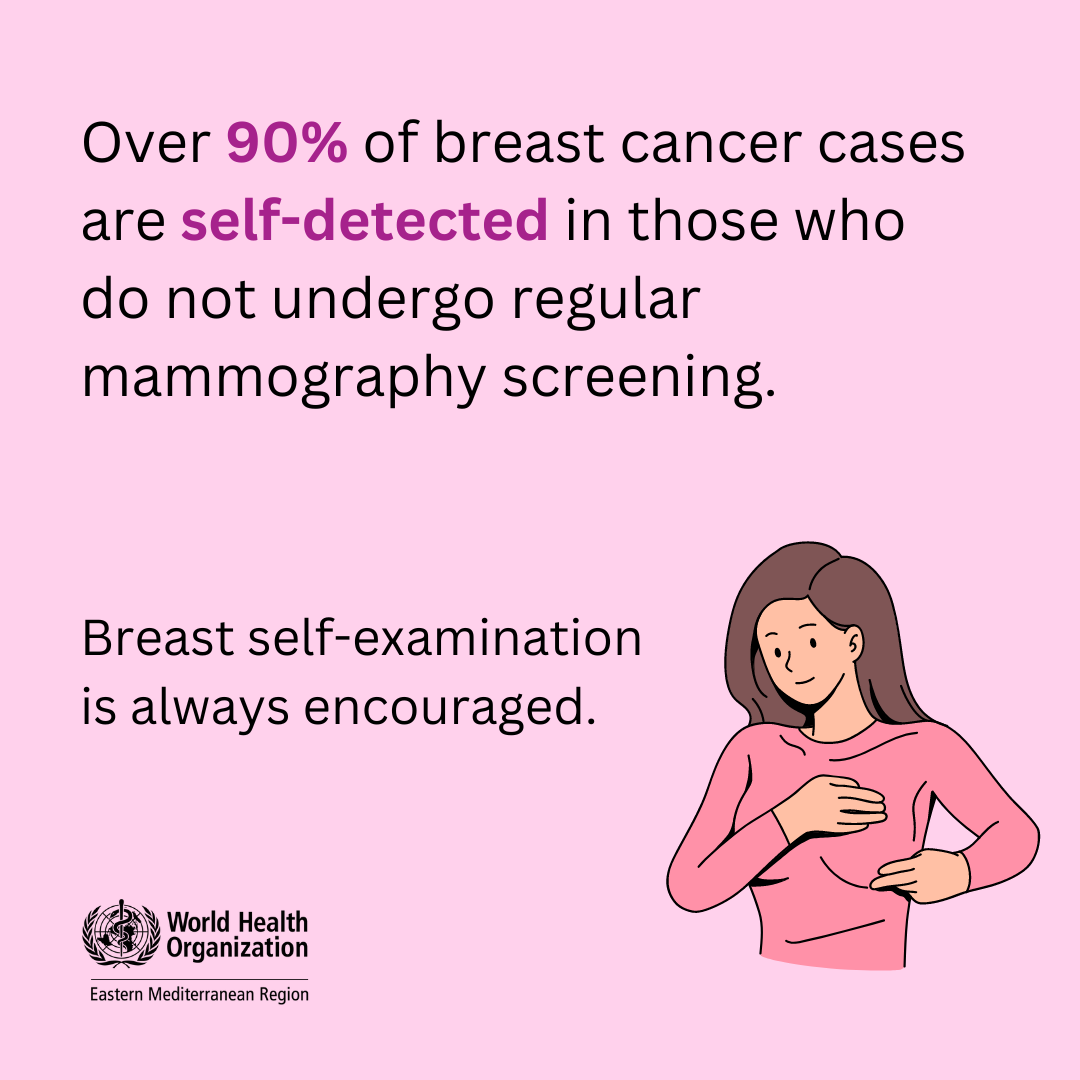
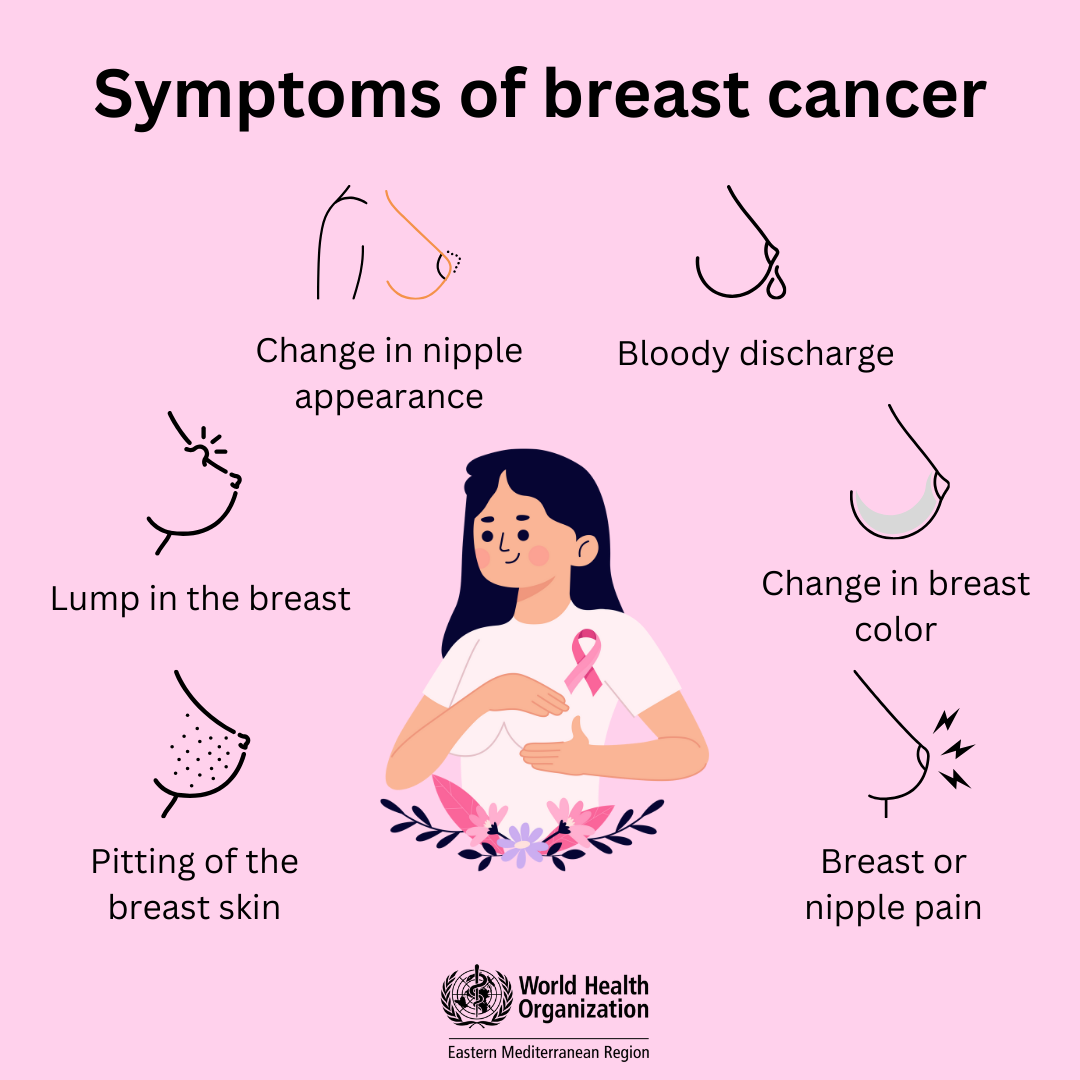
Resource-limited settings, where access to early detection and comprehensive treatment is often lacking, account for 70% of breast cancer deaths. The disparity in survival rates is alarming: there is a 60% difference in survival rates between women in high-income countries and those in low- and middle-income countries. Despite these challenges, the potential to reduce breast cancer mortality exists. The World Health Organization (WHO) Global Breast Cancer Initiative urges all countries to target a 2.5% annual reduction in breast cancer mortality and save 2.5 million lives by 2040.
To achieve this goal, breast cancer services must be integrated into universal health coverage packages and be available at public health facilities. The Global Breast Cancer Initiative provides a framework to guide efforts to ensure this is the case.
How to reduce your risk of breast cancer


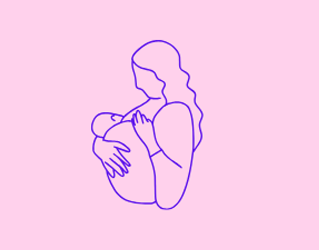
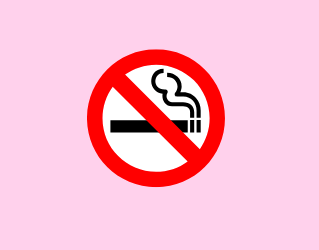

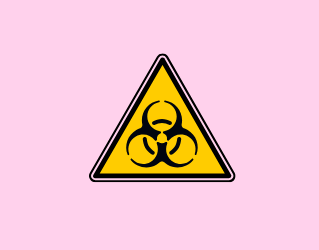
Related link
//




